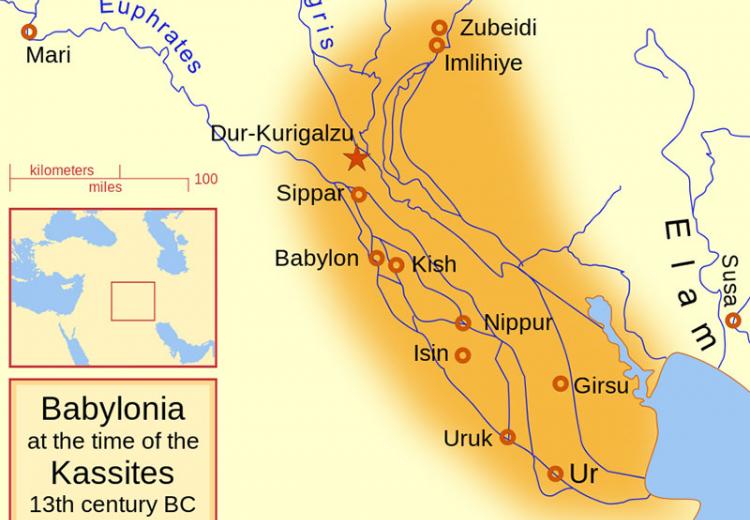Life in Old Babylonia: The Importance of Trade

A map of the Babylonian Empire during the time of the Kassites, roughly the 13th century BC.
Trade was critical to Old Babylonia, where many highly prized natural resources were scarce but agricultural goods were in surplus. A vibrant trading system developed, bringing manufactured goods and raw materials from as far as Turkey, and even India, 1,500 miles away. Trade became integral to the economy and the culture. In this lesson, students explore the trade industry in Old Babylonia and its far-flung influence.
Guiding Questions
What connections existed between trade and the economic, cultural, and religious life of Old Babylonia?
What is the lasting legacy of Babylonia?
Learning Objectives
Analyze the archaeological records regarding the existence of a trade network in Old Babylonia and beyond.
Examine maps and artifacts to make inferences about life in Babylonia.
Examine trade records to determine how economics, culture, and politics are interrelated.
Evaluate the ways in which life in Babylonia continues to influence the world today.
